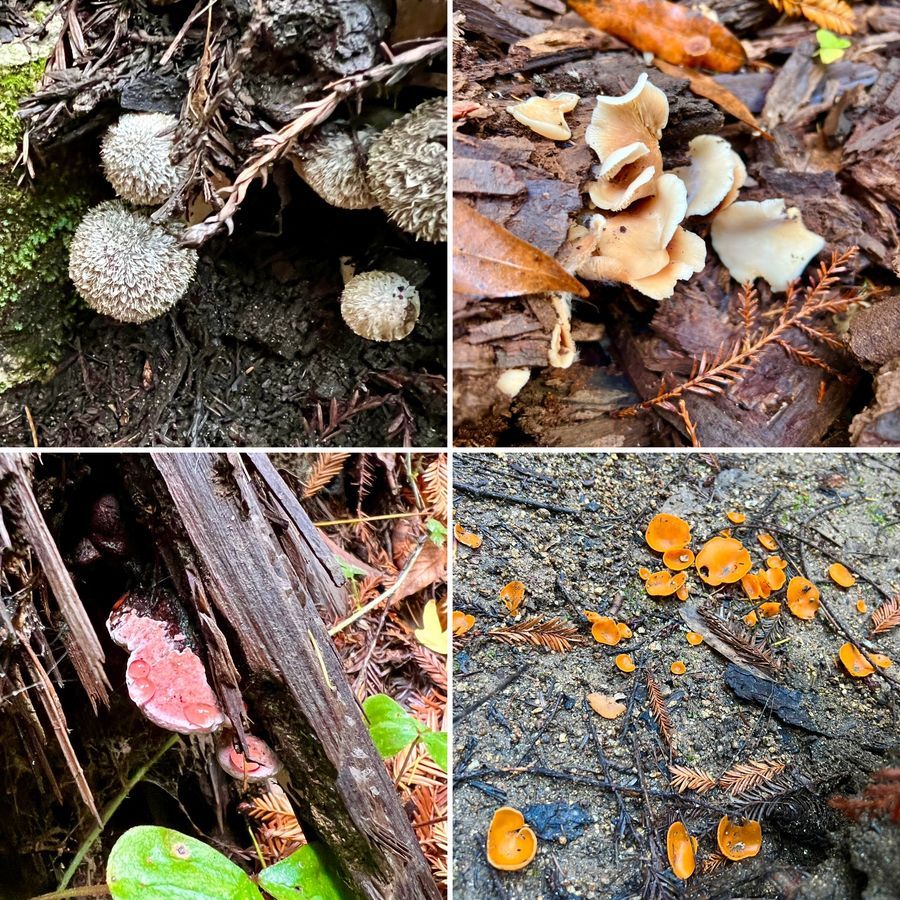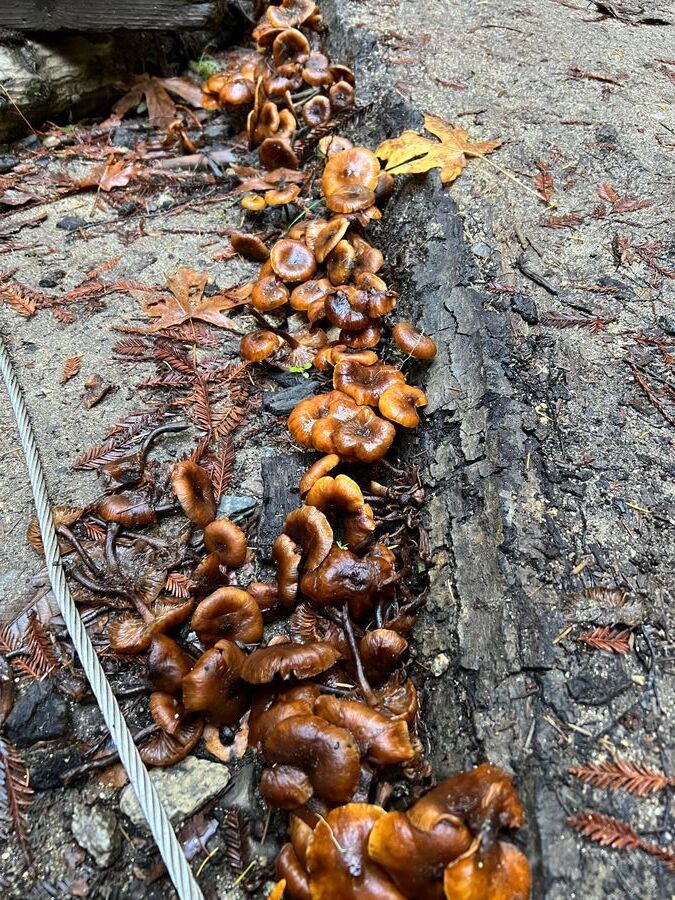|
Everyone who lives in California knows—there’s too many people. Sure, there are beautiful remote parts of the state that feed the soul. However, it’s a challenge to find freedom, quiet, and space among a population of 39 million. After months of social interaction as a park docent and guide, I needed to recharge my batteries, and get the hell out of California. Hubby and I hit the road, and over three weeks, and 6 states, we built memories of sunsets, scenery, wildlife, and grandkids (the other type of wildlife). The experience fulfilled an urge to connect with nature, and play. Surprisingly, it was exhilarating when some highways were devoid of cars for miles! Below is a series of photos taken mostly in Montana, with no humans, cars, or buildings. Animal pics taken safely from the car.
0 Comments
Fungi sense and respond to various stimuli such as light, chemicals, and touch. A relatively new discovery indicates they also have a connection to sound. Low frequency sounds seem to increase productivity of plants.
Sound waves can be used to stimulate growth of mycorrhizal fungi in the soil to enhance plant growth. It is the mycelium, those tiny white hairy tendrils, that responds to sound waves. This short video demonstrates how researchers at MPG Ranch seek new ways to protect and study the mountain lion population through non-invasive means (no interaction). The trail cam footage is awesome. Warning: You may experience a state of peacefulness and tranquility. MPG is a wildlife research center located in the Bitterroot Valley of Montana. Their documentary, Grounded, about the unintentional poisoning of the species they studied, garnered multiple film festival awards.
The Greeks painted houses white to stop the spread of cholera. Now white paint is saving energy.9/18/2023 Scientists at Purdue University developed a new super-white acrylic paint that reflects 95.5 percent of sunlight and can save energy for urban dwellers. Wow!
"A surface painted with the whitest white can be eight degrees Fahrenheit cooler. At night, the difference is even more pronounced, at up to 19 degrees." Below is a photo taken in 2012 on a hill-top overlooking Oia, Santorini, Greece. |
Archives
June 2024
Categories |



 RSS Feed
RSS Feed